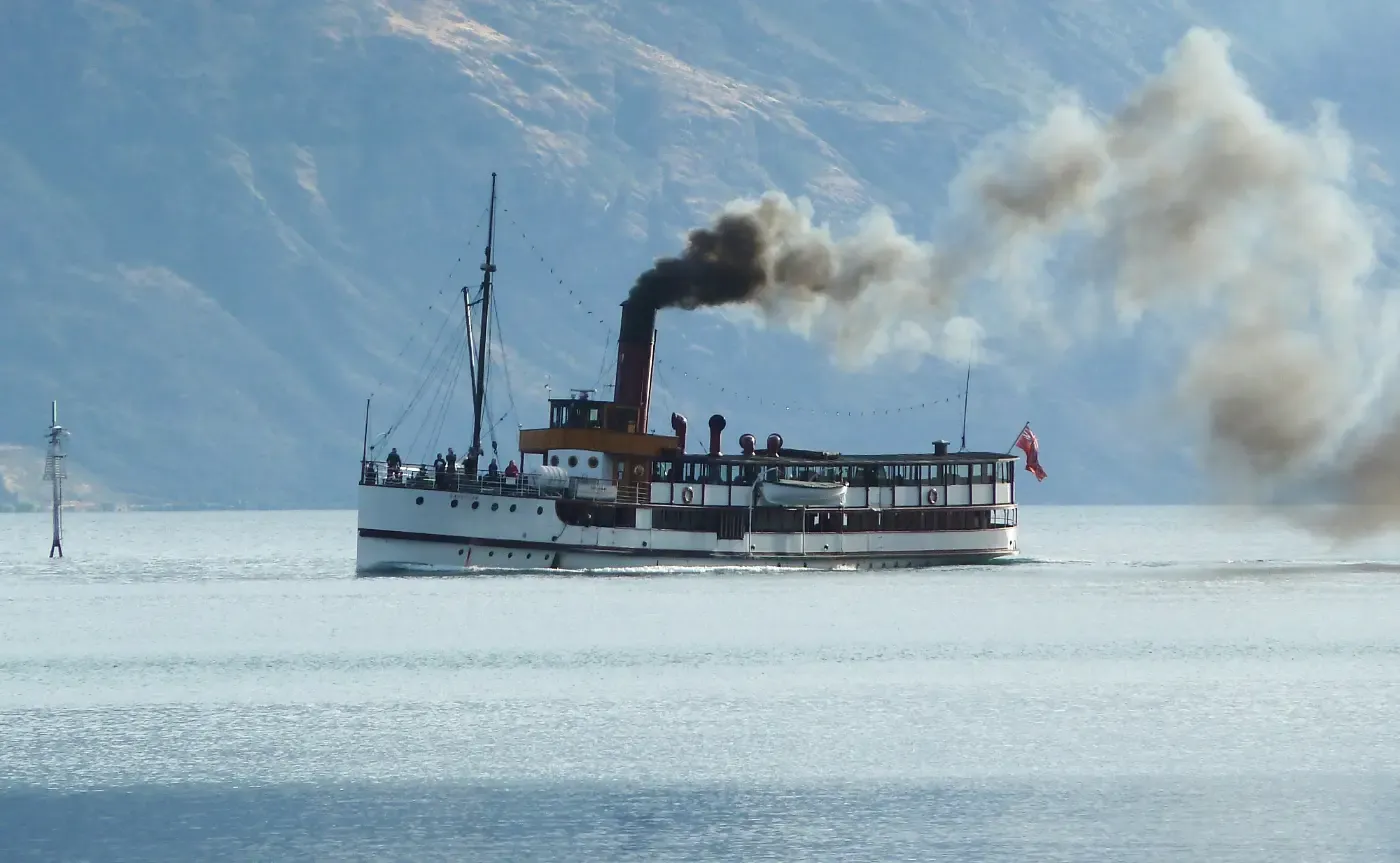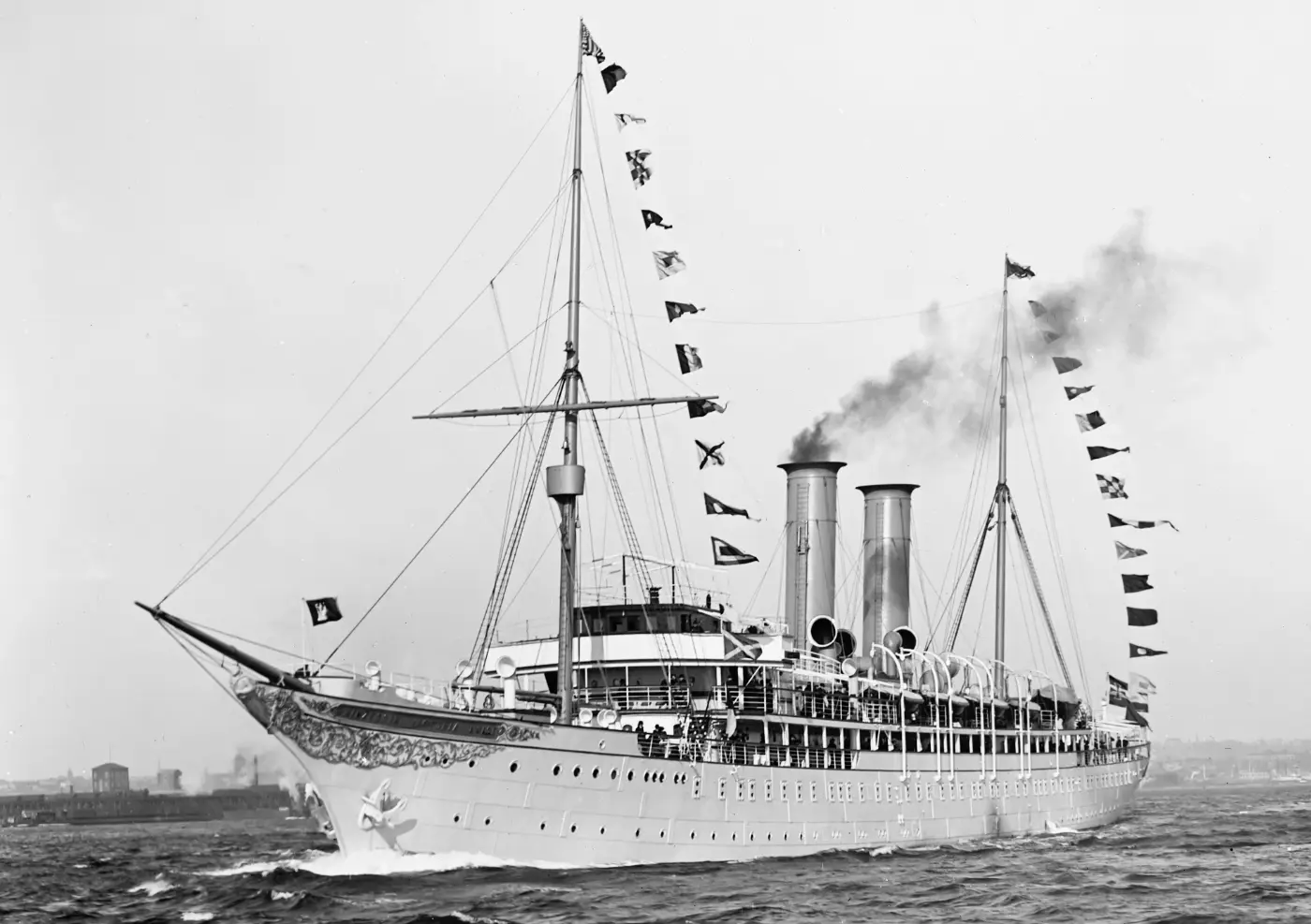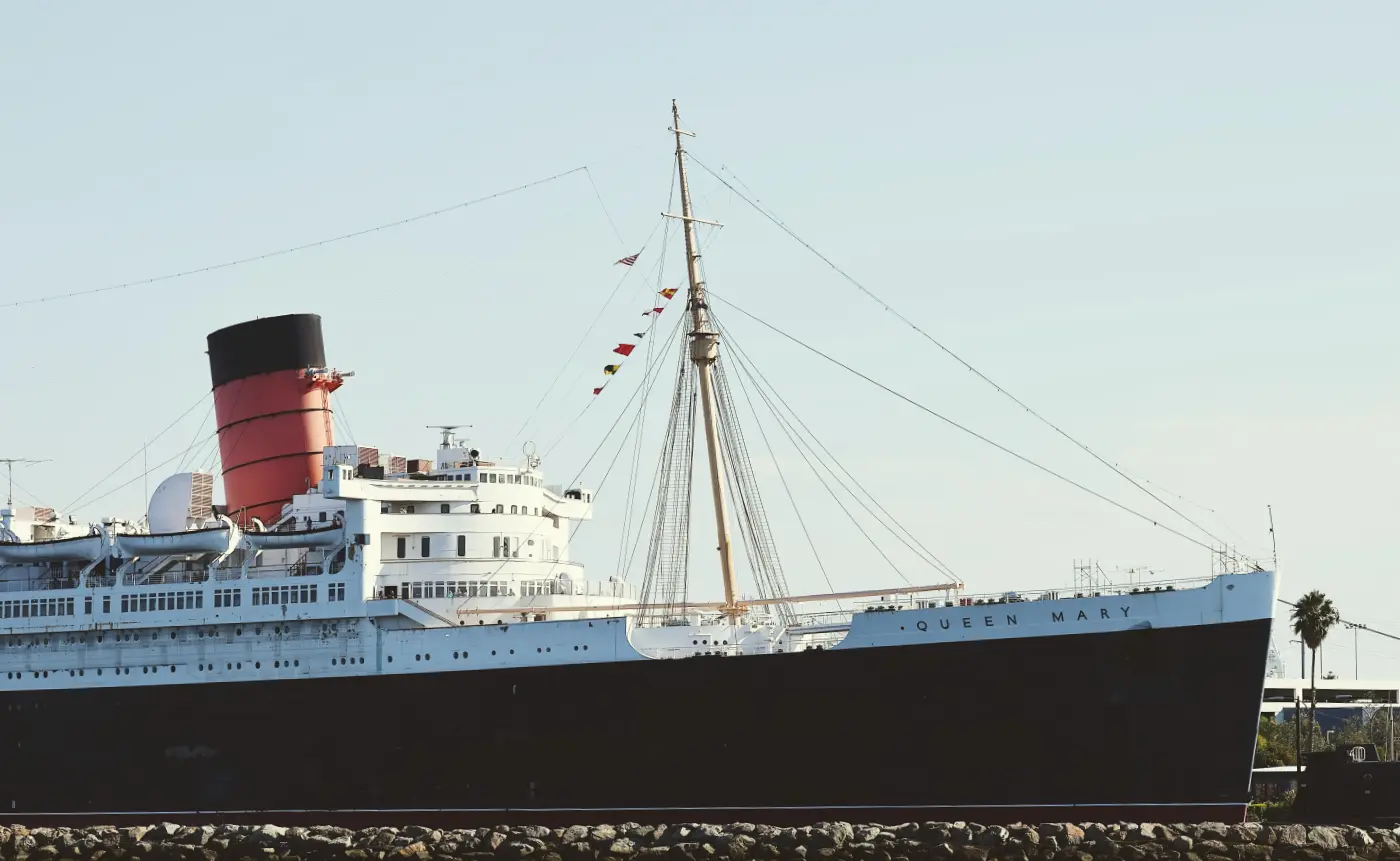What Does “SS” Mean on a Ship?
You've probably heard of the ship designation SS, but what does the “SS” letters actually stand for? Learn more about the history and use of the term SS in ship names.
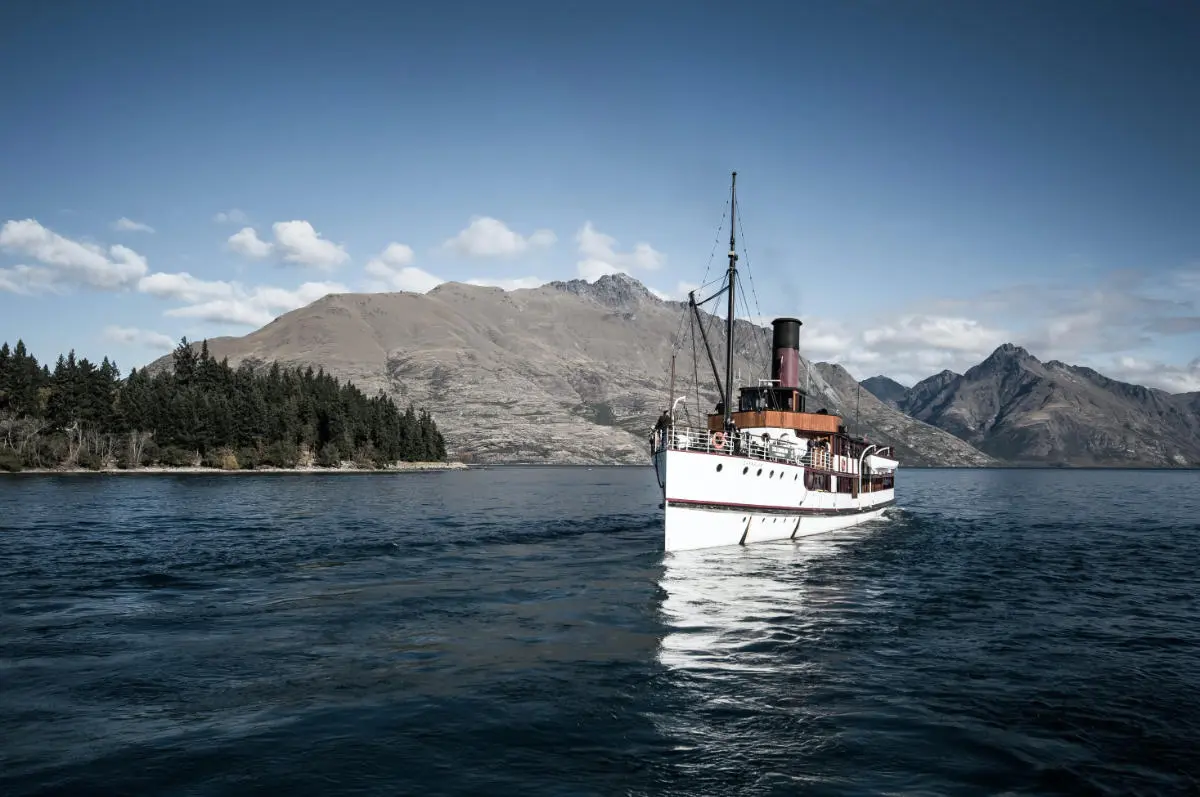
Many people are aware that sailing vessels often tend to start with a prefix, and sometimes that prefix is the letters "SS." Avid fans of a particular Nintendo franchise may also be familiar with the SS Anne, which has colored many perceptions of ship names.
Some people would tell you that all ship names start with the letters SS. To them, it just sounds right and natural. But what if we told you that this is not the case? That there are almost no ships out there today that start with the letters "SS?" Also, there haven't been many ships with this prefix in a long time. And the "SS" prefix does not necessarily mean just one thing.
In this article, we'll explain everything you need to know about this outdated prefix and why it is well-known in popular media even though it isn't used much anymore.
What Are Ship Name Prefixes?
The prefix refers to a combination of letters before a ship's name. These letters have historically served different purposes. Typically the prefix refers to the ship's method of propulsion, the ship's purpose, the vessel's nationality, or its owner.
When naming a ship, it is not a requirement to include a prefix in its name. Moreover, when a ship name prefix is included, there are no globally accepted rules. Therefore, the letters before the ship's name do not follow a universal system.
Some shipping companies prefer to omit a prefix to a ship's name on civilian boats altogether. However, names of government ships almost always include a prefix.
What Does SS Stand For on Ships?
As you may have guessed, the letters that precede a ship's name actually have a meaning, and they aren't random at all. Their primary purpose is to designate what type of ship a vessel is and what purpose that vessel serves. Usually, the ship's full name includes the spelled-out version of these designations.
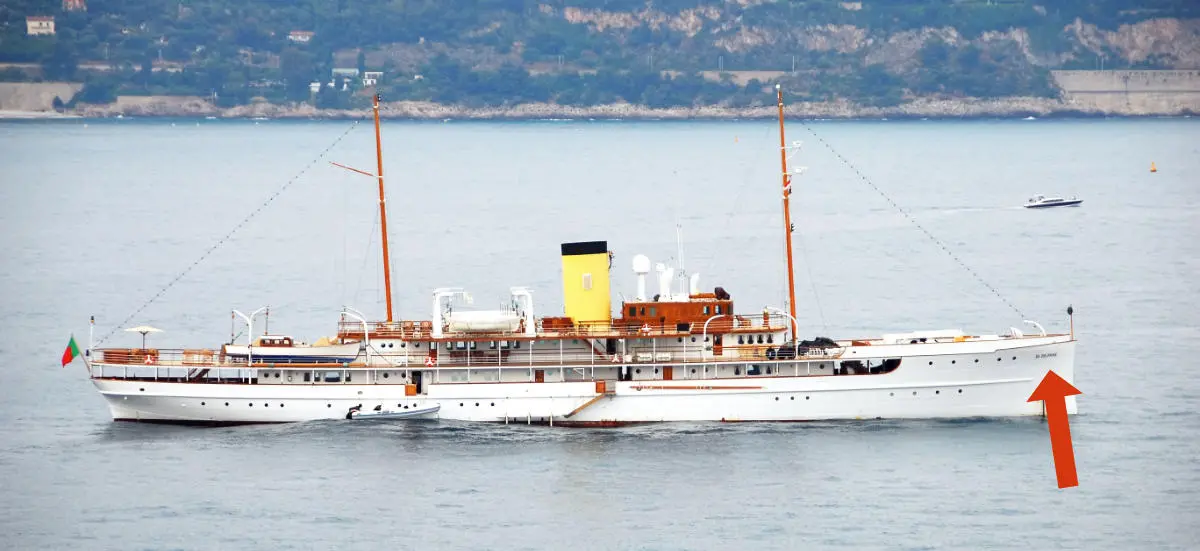
For instance, you may be familiar with the designation "USS," which is used with United States Navy vessels. This designation stands for "United States Ship". So the full name of the USS Arizona was "United States Ship Arizona." But that's a big mouthful to say, so it is shortened to USS Arizona. This particular prefix describes the vessel's allegiance.
Similar prefixes that designate a military vessel's allegiance include HMS (Her Majesty's Ship) for the Royal Navy of the United Kingdom and IJN (Imperial Japanese Navy) from World War II. However, most ship designations are not actually for military vessels, and SS, for instance, does not have anything to do with a country's navy or allegiance.
That's because most ship designations exist to specify how a ship is powered or what its specific job is. Most often, "SS" stands for "steamship." This designation serves to define that a steam engine powers a vessel. However, SS can, in some very rare cases, refer to "single-screw ship" as well.
The SS prefix in ship names is one of the most commonly recognized worldwide - even where English is not the native language. However, coming across a steam-powered ship these days is very rare, so the SS prefix is rare. But in the early 1900s, steam power was widespread as a means of ship propulsion, so this designation had much more relevance.
Sometimes the SS prefix is misinterpreted as short for "Sailing Ship". Sails are indeed a way of propelling a ship, but the actual prefix for these is "SV", short for "Sailing Vessel".
Does a Ship’s Name Prefix Matter?
Technically, a prefix before a ship's name doesn't matter. But there is more to it than that.
A ship's prefix can indicate its purpose or way of propulsion for easy identification.
Back when passengers had a choice of ship types, each driven by different means, things were slightly different. When it was not a given that all vessels were steam-powered or better, it could matter to people what propulsion system a boat had. Designating that a sailing vessel was steam-powered automatically told people a few crucial things about it.
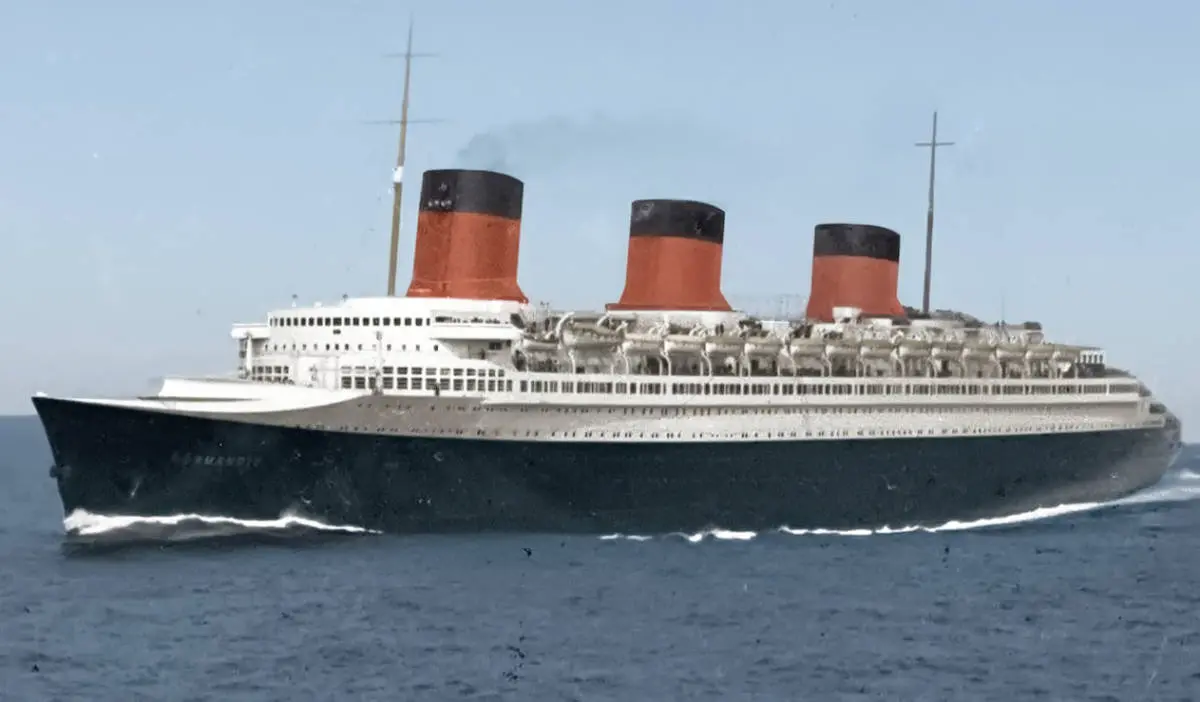
The "SS" designation told people that it was a steamship. Therefore, the ship would almost certainly be faster than sailboats. This would also be important for logistics and organization, as the people in charge of dockyards, mail, cargo transport, and more would want to know what ships they are dealing with.
Of course, you could always ask someone, but that's more of a hassle, especially if you are on a tight schedule or have many ships to deal with. Simple, easy designations like "SS" told people what they needed to know about a boat swiftly and efficiently, at least in this regard. It's much easier than figuring out what type ships are without those prefixes and ship knowledge in general.
Today, designating the means of propulsion for a vessel isn't that important since technology is pretty comparable now for the most part. The vast majority of ships use the same type of propulsion (fuel oil like diesel), and the ones that don't are usually very niche vessels with specific designations letting people know. These include nuclear-powered ships.
Other Ship Name Prefixes
SS may not be in use much these days, but there are many other prefixes that you may have heard about before. As mentioned, today, a ship name prefix generally serves to let people know what kind of job a vessel does. Here are some prefix designations commonly used today:
- SV -Sailing Vessel
- RMS - Royal Mail Ship (or Royal Mail Steamer) like the extraordinary RMS Titanic
- TS -Training Ship (or Turbine Steamship)
- MY - Motor Yacht
- CS - Cable Ship (or Container Ship)
- GTS - Gas Turbine Ship
- LB - Lifeboat (today, some of these are inflatable)
- MT - Motor Tanker
- PSV - Platform Supply Vessel
- NS - Nuclear Ship
- RV - Research Vessel
- MV/MS - Motor Vessel/Motor Ship
Now, these prefixes seem to imply that every ship out there must have one. But you've probably noticed that many boats have no prefixes at all. That's because designations like these aren't a part of maritime law or anything. They were primarily used in the past for efficiency related to means of propulsion.
Military navies still use many prefixes to establish the roles of ships within their hierarchy. But that level of organization isn't needed for most civilian vessels, so there is no real reason to add such designations to boats in most cases. They are still used sometimes, but it's not all that common.
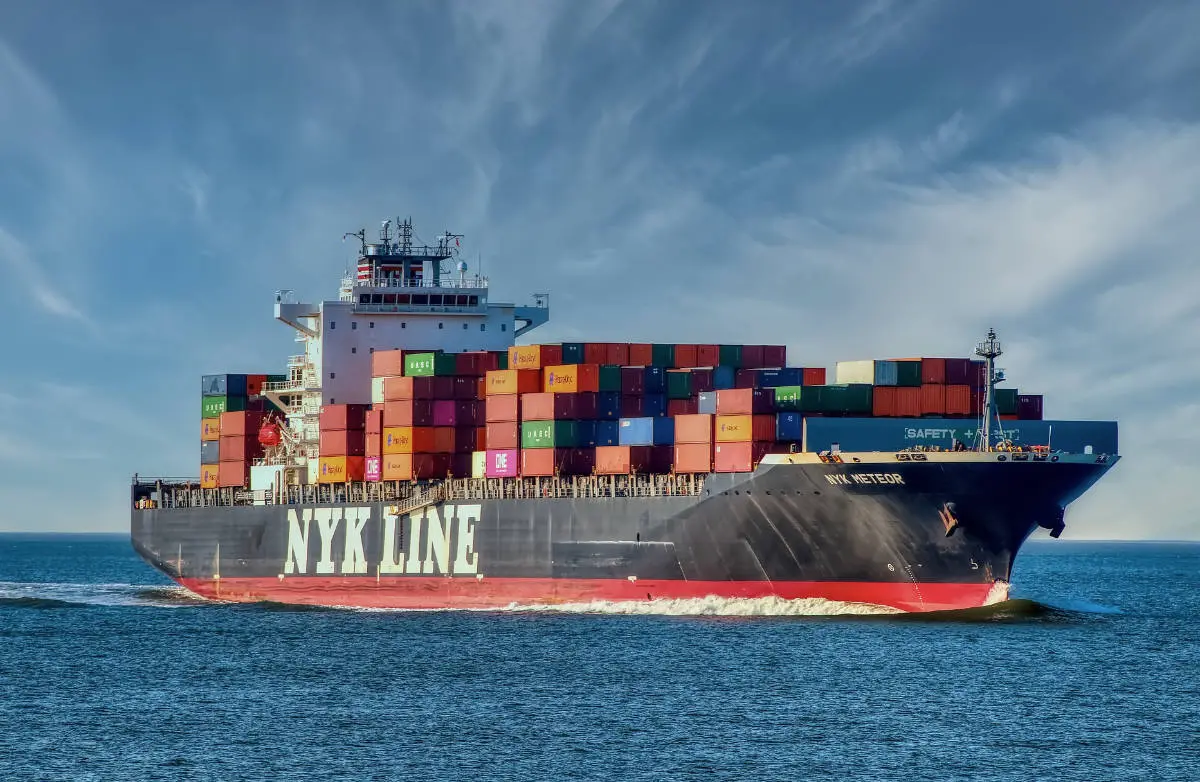
Some shipping companies use the company name as a prefix to the ship's name. These include Mærsk, an international container shipping company based in Denmark, and the Italian cruise line Costa.
Summary
If you see the prefix SS attached to any ship name, you are probably reading about an older vessel that is not used anymore. However, if you are looking at a ship still being sailed today, you may be looking at a designation that means "sailing ship" or "single-screw ship," though both are pretty unlikely.
As for why most people know about the SS prefix but none of the others, that could be a matter of many movies, shows, and books taking place around the time that SS was a common designation for ships.
Also, read:
